Back pain is a common ailment that affects millions of people worldwide. Whether it’s a dull, persistent ache or sharp, sudden discomfort, back pain, like shoulder pain, can significantly impact your daily life and well-being.
Fortunately, there are numerous strategies to help manage and alleviate back pain. In this article, we’ll explore the causes, prevention, and practical methods for dealing with back pain effectively.
Understanding the Causes of Back Pain
Back pain can result from various factors, and understanding the root cause is essential for effective treatment. Some common causes of back pain include:
Muscle Strain: Overexertion or improper lifting techniques can strain the muscles and ligaments in your back, leading to pain.
Herniated Disc: A herniated or ruptured disc can put pressure on nearby nerves, causing sharp, shooting pain.
Sciatica: Sciatica occurs when the sciatic nerve is compressed or irritated, often resulting in pain radiating down one leg.
Arthritis: Conditions like osteoarthritis or rheumatoid arthritis can lead to chronic back pain due to joint inflammation.
Spinal Stenosis: Narrowing of the spinal canal can put pressure on the spinal cord and nerves, causing pain and discomfort.
Poor Posture: Maintaining an improper posture over time can strain the back muscles and contribute to chronic pain.
Preventing Back Pain
Prevention is often the best strategy when it comes to back pain. Here are some tips to reduce your risk:
Maintain Good Posture: Be mindful of your posture when sitting, standing, or lifting. Use ergonomic chairs and desks to support your spine while working.
Exercise Regularly: Engage in activities that strengthen your core muscles, such as yoga, Pilates, and low-impact aerobic exercises. A strong core provides essential support for your back. Your doctor can give you a list of helpful exercises upon request.
Lift Properly: When lifting heavy objects, bend your knees, not your back, and keep the load close to your body. Avoid twisting while lifting.
Maintain a Healthy Weight: Excess weight can put added stress on your back. Maintaining a healthy weight through diet and exercise can help reduce the risk of back pain.
Stay Active: Avoid prolonged periods of inactivity. If you have a sedentary job, take regular breaks to stretch and walk around.

Managing Back Pain
If you’re already experiencing back pain, here are some strategies to help manage and alleviate it:
Rest: Give your back some time to heal by resting in a comfortable position. However, avoid prolonged bed rest, as it can lead to muscle stiffness.
Ice and Heat: Applying ice packs to the affected area can help reduce inflammation, while heat therapy can relax tense muscles. Alternate between ice and heat for 20-30 minutes at a time.
Over-the-Counter Medications: Non-prescription pain relievers like ibuprofen or acetaminophen can provide temporary relief. Always follow the recommended dosage guidelines to avoid abuse.
Physical Therapy: A physical therapist can develop a tailored exercise and stretching program to improve your back’s strength and flexibility.
Massage and Chiropractic Care: Some people find relief through massage therapy or chiropractic adjustments, which can help alleviate muscle tension and realign the spine.
Prescription Medications: In severe cases, your healthcare provider may prescribe stronger medications or muscle relaxants.
Injections and Surgery: For more serious conditions, such as herniated discs or spinal stenosis, injections or surgery may be necessary. These options should be discussed with a medical professional.
Seek Professional Help
If your back pain persists or worsens, it’s essential to consult with an experienced pain management specialist. They can diagnose the underlying cause and recommend appropriate treatment options tailored to your specific condition.
Conclusion
Dealing with back pain can be challenging, but with the right strategies and preventive measures, you can reduce its impact on your life. Remember to maintain good posture, exercise regularly, and seek professional guidance when needed. By taking a proactive approach to your back health, you can improve your quality of life and find relief from the discomfort of back pain.


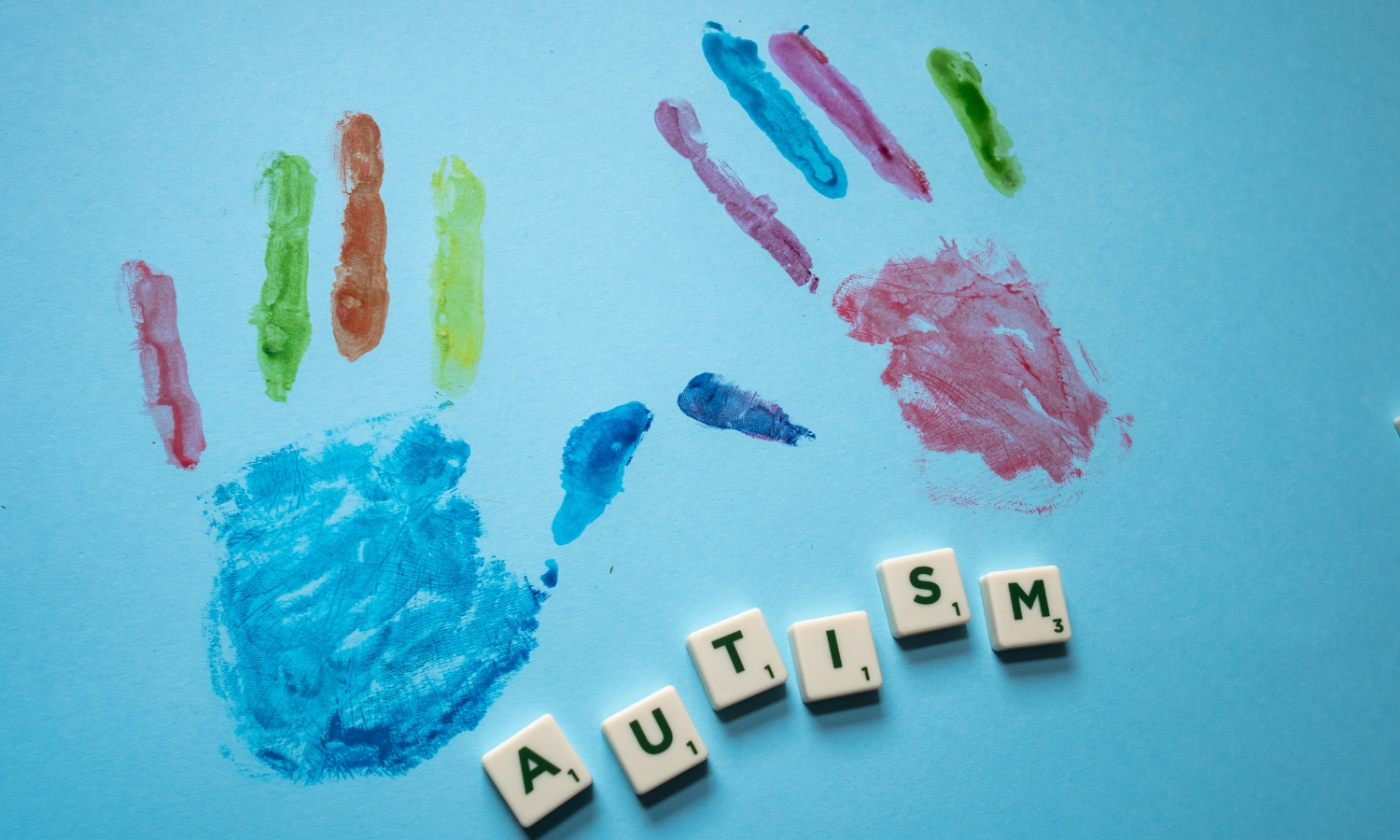
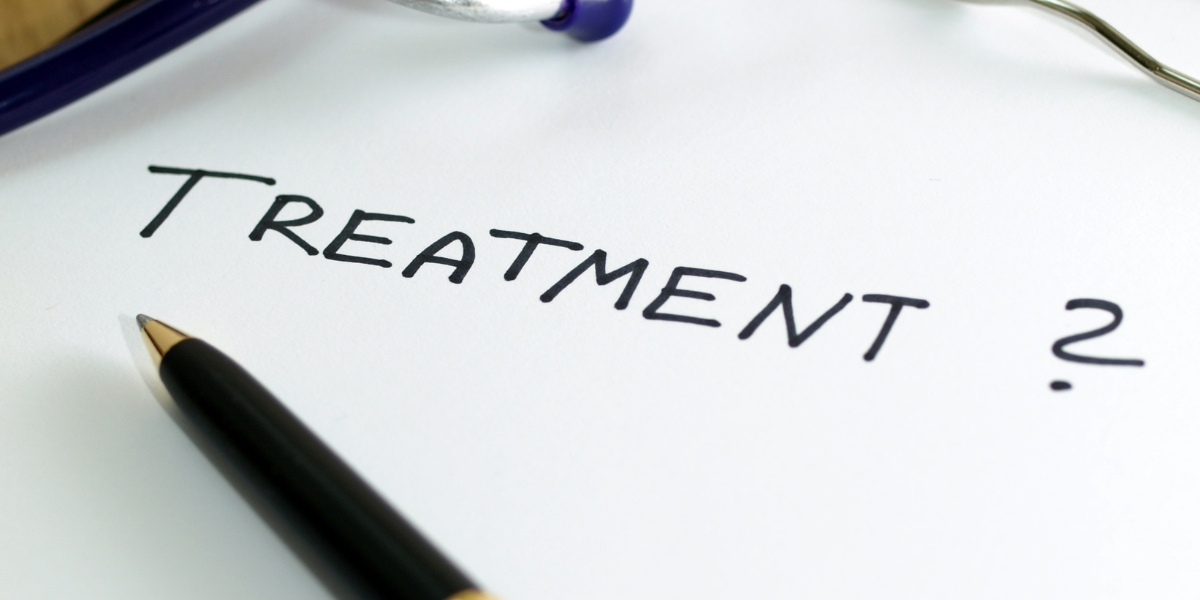


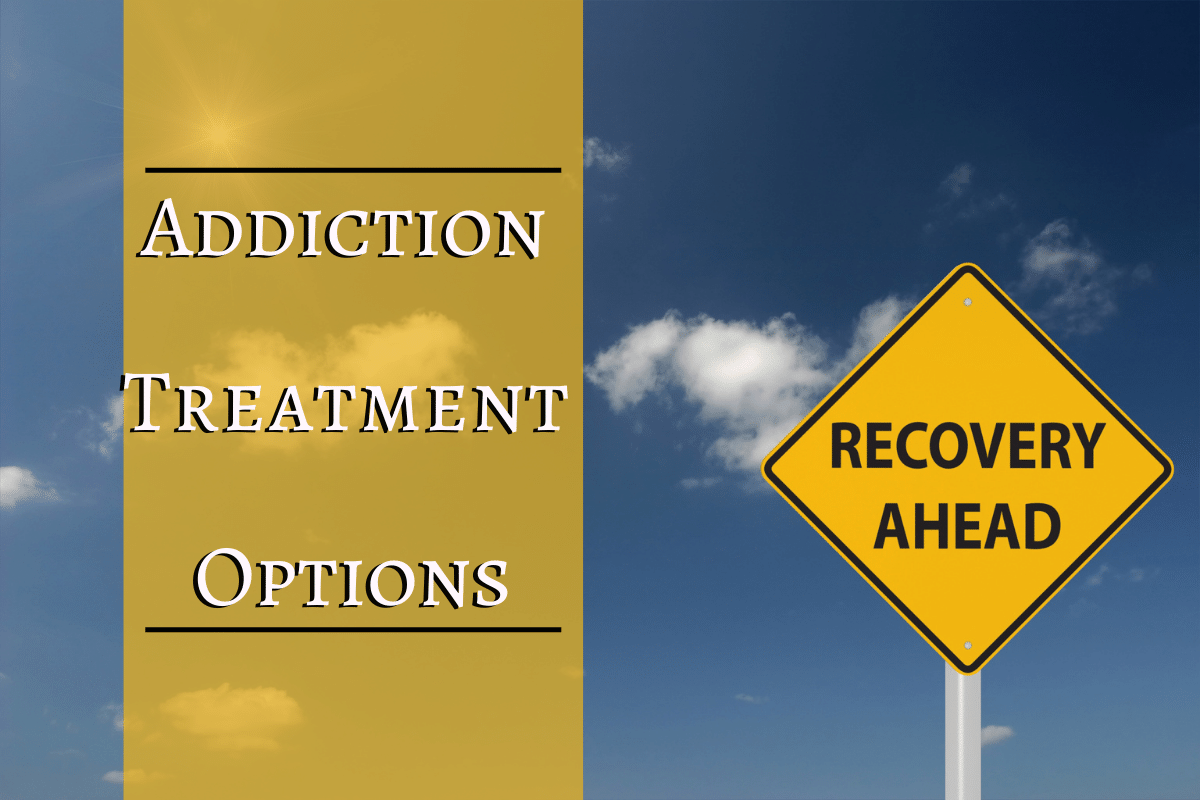



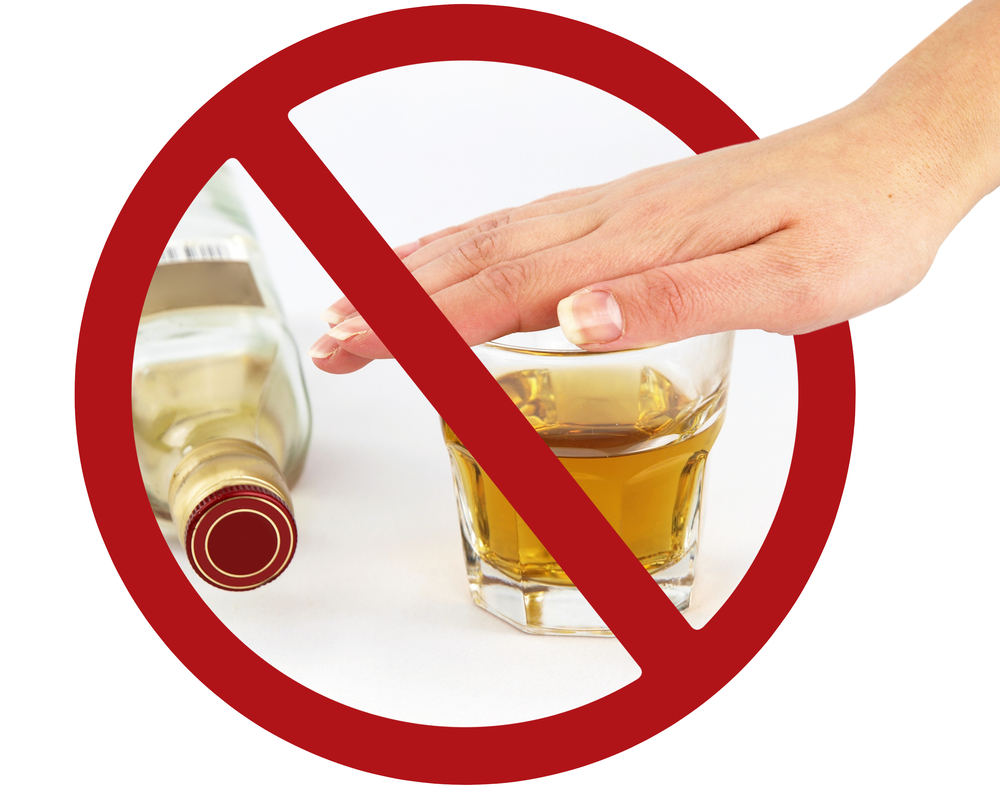



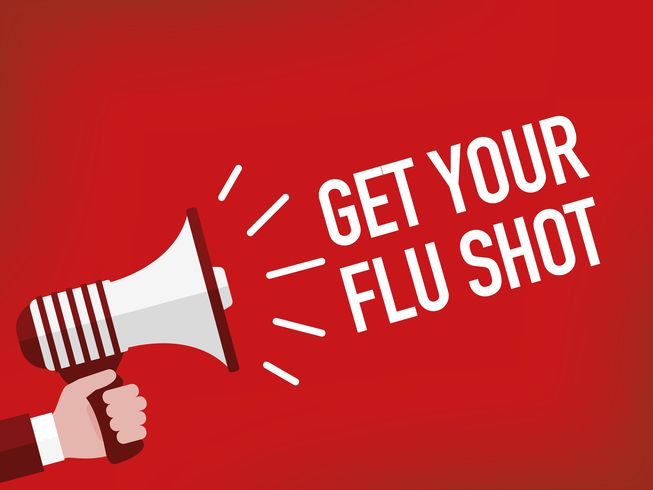

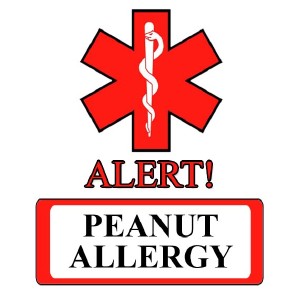 One night my face swelled to twice its size, accompanied by what felt like the burning of my skin, and my eyes swelled to the point of almost being closed. Of course, I initially sought answers online as to what would cause such a horrible onset… was it the
One night my face swelled to twice its size, accompanied by what felt like the burning of my skin, and my eyes swelled to the point of almost being closed. Of course, I initially sought answers online as to what would cause such a horrible onset… was it the